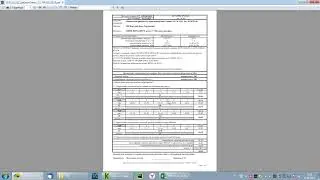I've got my Turso database up and running at a data center
I connected to it right from my laptop and established a link to the remote center. Plus, I made a local copy of the database on my laptop. It's in the common SQLite format, just like you'd expect. I noticed some extra files when I was running the code. I'm pretty sure those are for the synchronization process, so everything balances out. These files were probably the extra ones I spotted on the disk. Let me zoom a bit so you can see... yup, there's an SMH and a WAL file. Those have to do with the replication process. After that, I checked out the dashboard and saw a slight increase in database use. I had read from and written to the database a few times, which probably minded creating a table and inserting information into it. This is why I noticed an uptick in usage, which wasn't significant, but worth pointing out. My experience with Turso was really good. Their instructions were clear, and although there were minor hiccups, I worked through them smoothly. One big plus with SQLite is how it empowers businesses with its scale and efficiency. What it lacks, orchestration for data replication across regions and local access, Turso provides, making it a really neat solution. SQLite independently can accomplish all this, but you need to orchestrate everything, which can be a bit complicated. With Turso, it's much simpler. You can go straight from a local database and set up your own infrastructure for operations. Once you're ready, you can shift to Turso for a smooth experience. Before I wrap up though, I want to try out TursoDB Replicate. You can choose from a range of locations and create the replication there. The replication process was quick, taking about seven seconds. What you're left with is a primary and a replica, raising questions about the replication model; whether it’s a mass one where all databases globally can read, write, and synchronize, or there's a primary region for data writing and replicated reading. I’ll have to look more into that, but for now, the dashboard shows a rise in usage due to the added location for the replica. In total, I have one database stored at 16K across two locations, using 0% of my plan. I’d call that a win.







![[ FREE ]](https://images.mixrolikus.cc/video/QlPtNxxrtB8)